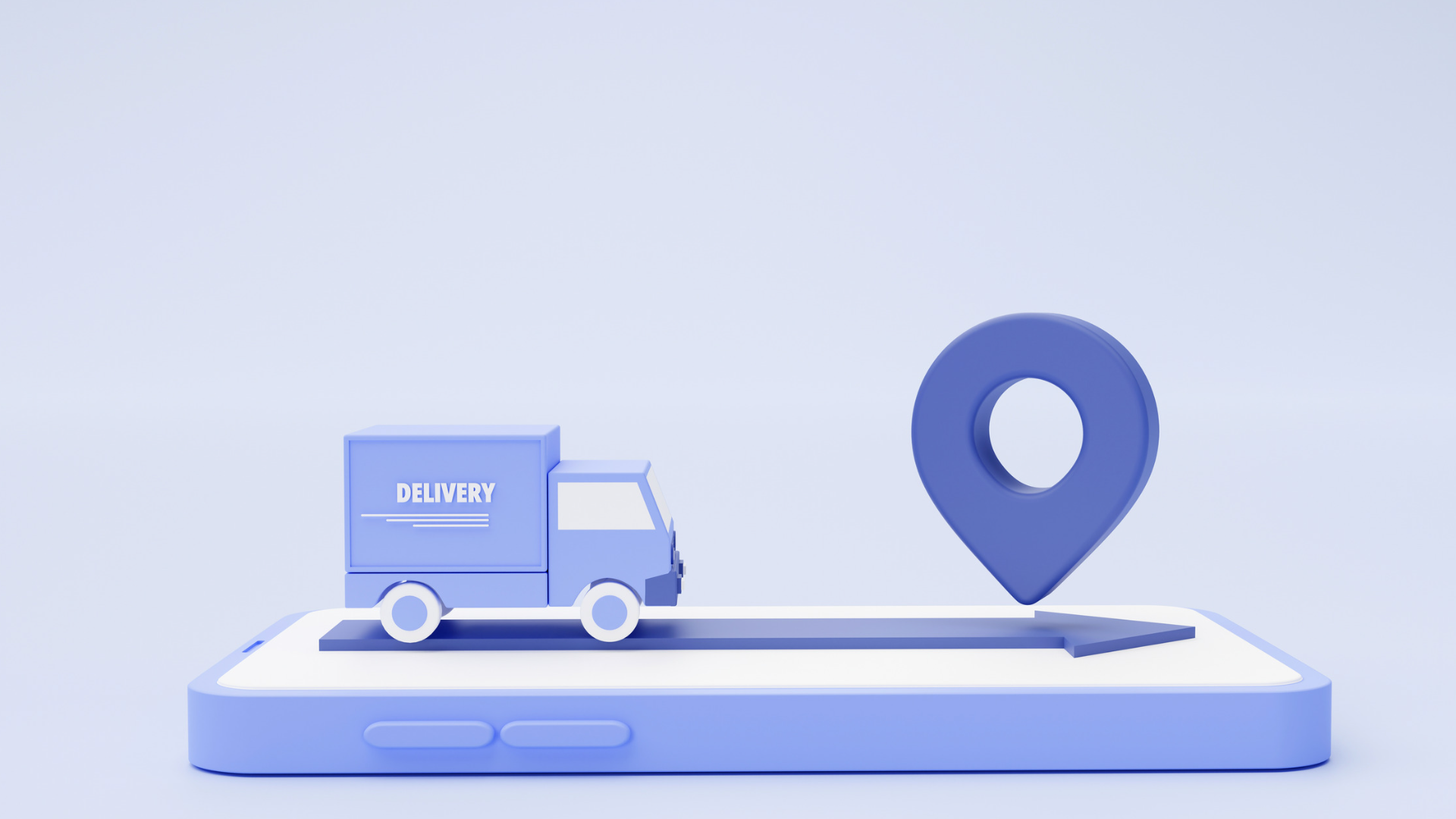What are shipment tracking systems, and how do they work?

Every major eCommerce company operating in the retail industry today knows the importance of shipment tracking. Customer stress is the number one nemesis of order fulfillment. It’s also incredible how much stress one can reduce by simply updating customers with tracking data.
In order to simplify all types of logistics and shipping services, the majority of businesses utilize a tracking system. Each order can be individually identified and traced during its full life cycle thanks to this tracking technology.
Features of a solid tracking system
For eCommerce merchants, the tracking system usually becomes the hub of functionality. This is especially for companies that manage heavy order loads that must be delivered to clients across the nation. Considering long distances, probable vehicle issues, traffic/road-related events, and potential customs procedures, tracking systems are vital.
Here are some of the features that tracking systems include:
- Seamless integration with multiple systems
- Regular updates
- Customer update with vehicle parameters
- Real-time tracking
- Computerized Proof-Of-Delivery
- Route Optimisation
How do shipment tracking systems work?
Systems for tracking shipments are useful for informing logistics companies about the status of their delivery. It is crucial to understand how this system operates. Here is a brief explanation of how the tracking system functions:
Barcode Generation
The creation of bar codes is the initial stage of the shipment tracking procedure. This bar code is just the distinctive ID sign of every box and provides key info the couriers need, including the package’s contents, destinations, the names of the buyer and seller locations, and other vital details.
Given that parcels have frequently been misplaced, it is crucial to include a bar code that enables tracking. The created bar code will then be attached to the packaging.
Scanning for details
After the generation of the barcode, the next step in this tracking process it to scan the barcode. This way the logistic department can track it very easily.
Through scanning, the shipping company is capable of receiving the entirety of the data, assuring that it is stored in its system for the receiver to monitor and track. The things are now despatched to their destination after being scanned.
Tracking the progress
Real-time shipment monitoring is made possible by shipment trackers for both logistics providers and their clients. By being able to see how the box is going and exactly where it is right now, they can make sure that everything goes going according to plan.
To monitor the progress of each shipment, clients can simply input the tracking code on the tracking pages that are designed solely for them by the majority of logistics companies.
When they arrive at a distribution facility or checkpoints, all packages are often scanned so that both customers and logistics providers can continue to track them. Additionally, this can be a useful tool for alerting clients and businesses of any incidents that could result in delays, enabling them to swiftly implement fixes.
Delivery stage
When the item arrives at the final delivery point and is handed over to the consumer, the shipment tracking process is complete. The logistics company will be informed by an update to the tracking system, confirming that the delivery was successful.
Final thoughts
Before inventing the modern-day shipment tracking system, tracking an order was nothing less than finding a needle in a haystack. Now, with updated technology, tracking systems have a bliss for shipping companies, buyers, and sellers.
To enjoy the best shipping service, make sure to sign up on Torod today.
